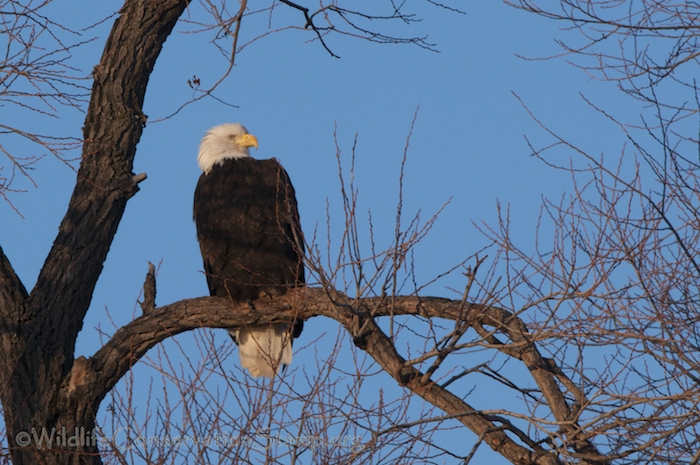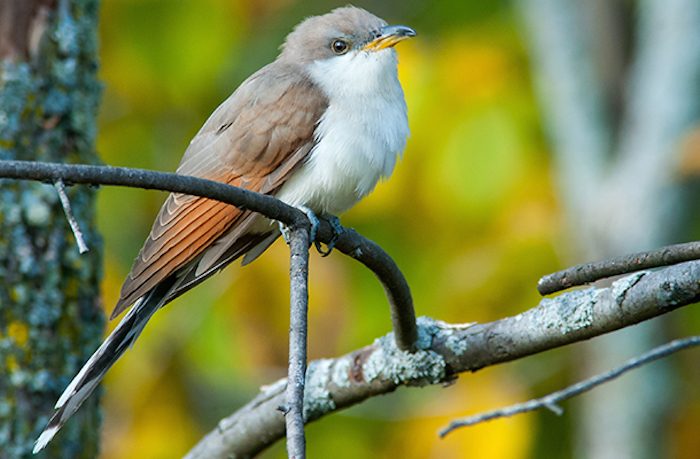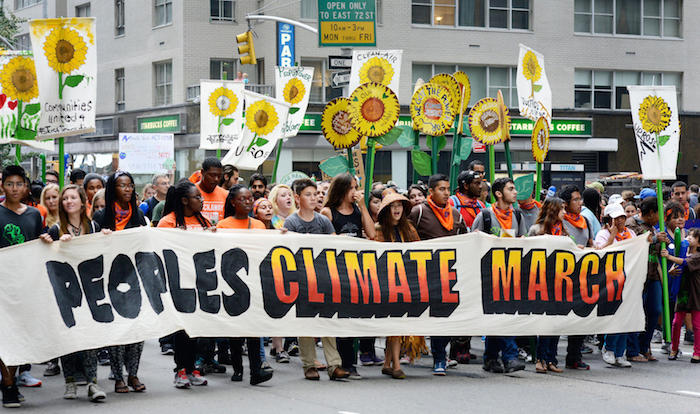
Final regulations diminish science-based decision-making and will reduce protections for birds
WASHINGTON – The final Endangered Species Act (ESA) regulatory reform package, released today by the Departments of the Interior and Commerce, fails the most important measure of any changes to a bedrock environmental law by marginalizing science-based protections for wildlife.
“As a whole, the rule changes are political, unwise, and will only increase litigation. They tip the balance in decision-making against vulnerable wildlife and undermine incentives for effective conservation,” said Sarah Greenberger, senior vice president for conservation policy at the National Audubon Society.
While some of the new rules are reasonable – including making it easier to direct resources to conservation projects by speeding up consultation requirements for federal projects that are beneficial to species – other changes would severely weaken protections for imperiled species.
The most egregious of the new changes would allow the Fish and Wildlife Service (FWS) to consider the economic costs of listing a species – something expressly prohibited under existing law. Other changes will make it much more difficult to provide any protections to newly listed “threatened species” or to designate the “critical habitat” species need to recover. The new rules also allow the FWS to ignore the dire effects of climate change on imperiled species – effects we are seeing with greater regularity, such as hurricanes that jeopardize the Piping Plover.
“While Audubon could have supported some changes that may improve implementation while speeding up support for at-risk wildlife, these damaging new rules will weaken protections for imperiled species and include language that is wholly contrary to the law,” said Greenberger.
The ESA is our nation’s most powerful tool for protecting wildlife. Protections provided by the Act have succeeded in preventing the extinction of 99 percent of the species listed and benefitted many others that depend on the landscapes it’s helped to protect. The ESA has helped numerous species recover, including the Peregrine Falcon, Bald Eagle, and Brown Pelican, and set many other species on the path to recovery.


